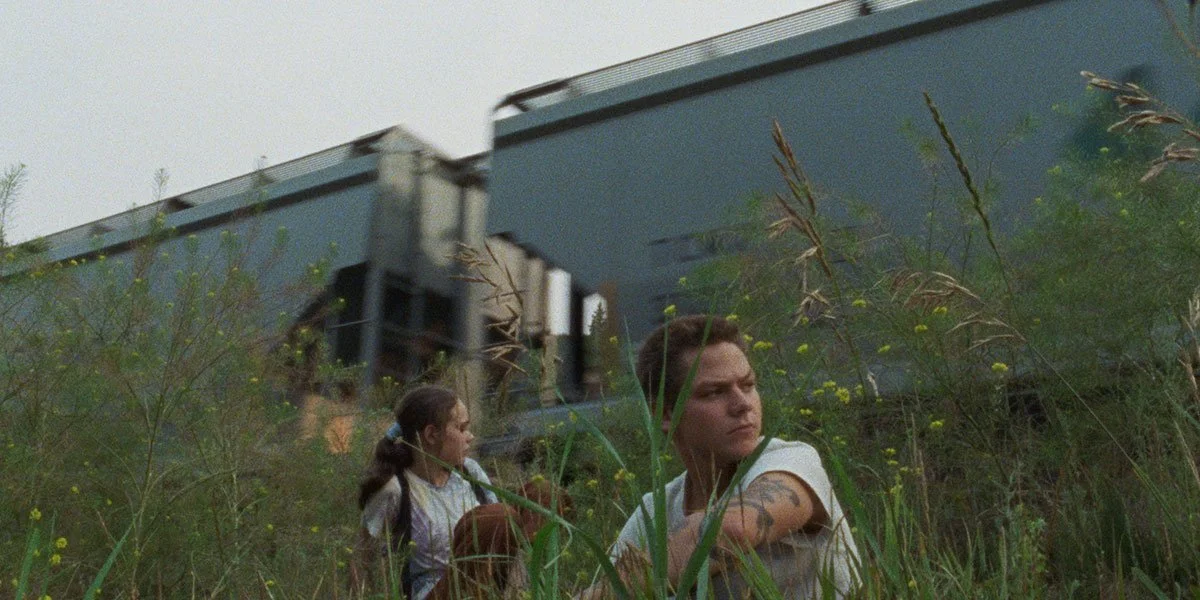Film review: The Maiden's haunting exploration of teen friendship marks an exciting new voice in Canadian film
Screening at The Cinematheque, Graham Foy’s headily atmospheric debut feature follows three outsiders in suburban Alberta
The Cinematheque presents The Maiden on May 19. 23, 27, and 29
WHEN TRYING TO DESCRIBE Alberta filmmaker Graham Foy’s hauntingly dazzling debut feature The Maiden, it’s easy to reach for far-flung comparisons. There is the lost, listless teen angst of Larry Clark’s Kids and Gus Van Sant’s Elephant; the time-splitting, dreamlike touches of Apichatpong Weerasethakul and even David Lynch; and the eerily beautiful human silhouettes against sunset-twilight skies of Roger Deakins’s cinematography.
But all that takes away from the fact that Foy is an exciting, distinct new voice in Canadian film.
Shot in 16 mm, The Maiden is a headily atmospheric, elliptical exploration of friendship, alienation, and loss, as filtered through the eyes of three teen outsiders.
Colton and Kyle (Marcel T. Jiménez and Jackson Sluiter in beautifully understated performances) spend their days riding around on their skateboards, doing the kind of stupid shit that bored 15-year-olds do: skating down gravel paths, tagging walls, climbing old railway bridges, and seeing what happens when you try to smash an old TV set. Amid all this, we get a quiet sense of who they are, and the close dynamic between them: Kyle (a dead ringer for River Phoenix) is the risk-taking leader; sensitive Colton is more wary. Both of them reveal a soft side, insisting on giving a dead cat they find a proper funeral rite.
When tragedy hits, the film enters a kind of melancholy limbo of endless high-school hallways and wanderings in the grassy parkland outside Cochrane, Alberta. From there, The Maiden makes a kind of split with time and space—echoing the way that trauma can cause a mental dissociation or fracture. Colton finds the hidden diary of awkward teen Whitney (Hayley Ness), a classmate who we know from previous scenes has gone missing. Suddenly, the film starts retracing her story, involving a popular friend who abandons her, as the narrative shifts onto another fascinating plane of reality.
Foy shoots the ravines and cookie-cutter neighbourhoods of suburban Alberta with a familiarity that only someone who grew up there could. Amid a constant chorus of crickets, distant train horns, and splashing creeks, these disaffected kids find their only real peace in nature. A yearning electroacoustic-synth score heightens some of these scenes to an almost ecstatic intensity.
The film draws its title from Kyle’s graffiti tag. Scrawled across cement underpasses, rocks, and the blowing plastic sheets of a construction site, it’s a recurring motif that comes to speak profoundly about the traces we leave behind.
Foy tells this story almost entirely through imagery and sound, with sparse spoken dialogue. To reveal much more would give away too many of The Maiden’s mysteries—ones that feel open to multiple interpretations. What comes through is amorphous and unsettling—going far beyond “coming of age” tropes into more complicated ideas around the aching need to find someone who understands you.














